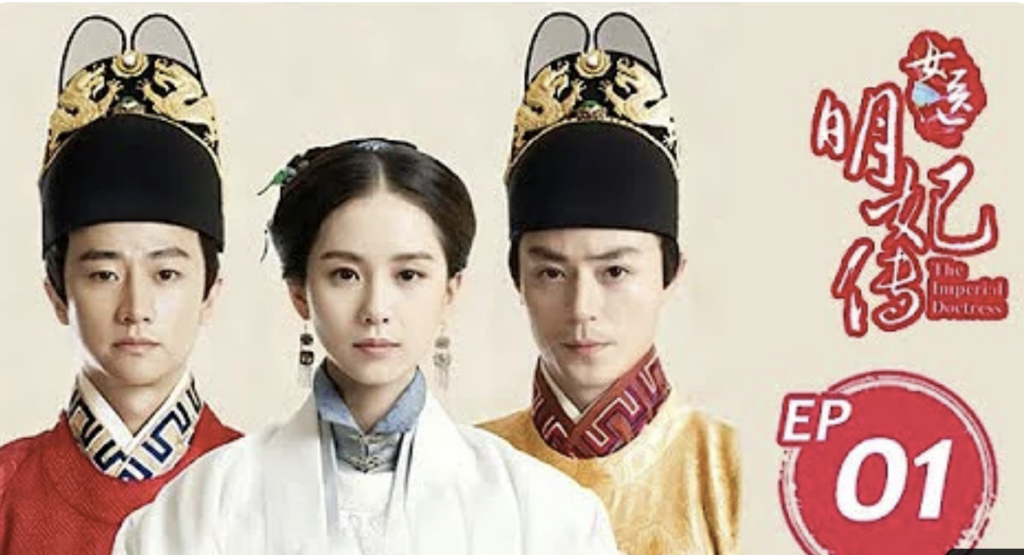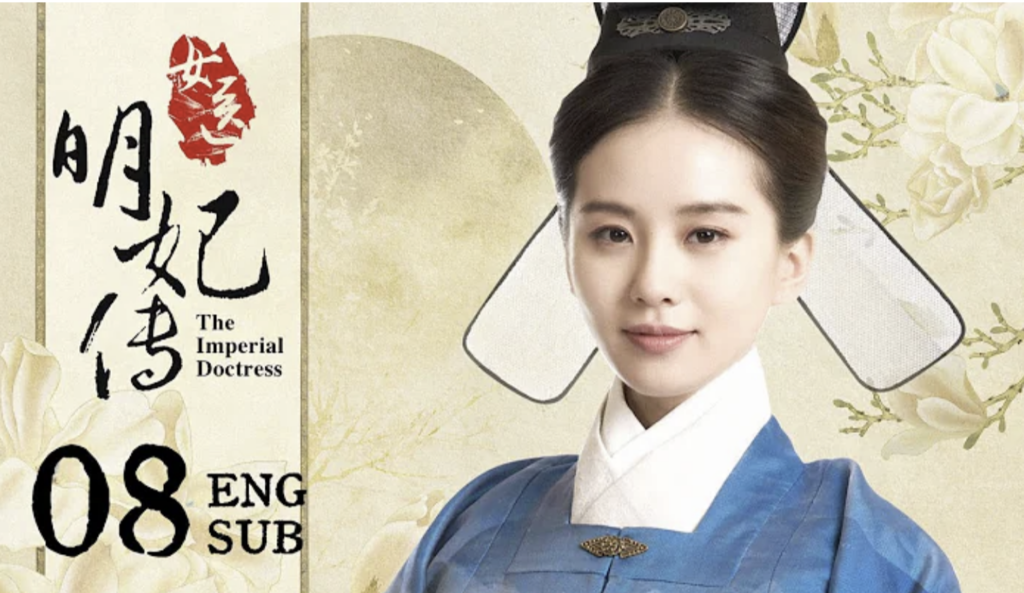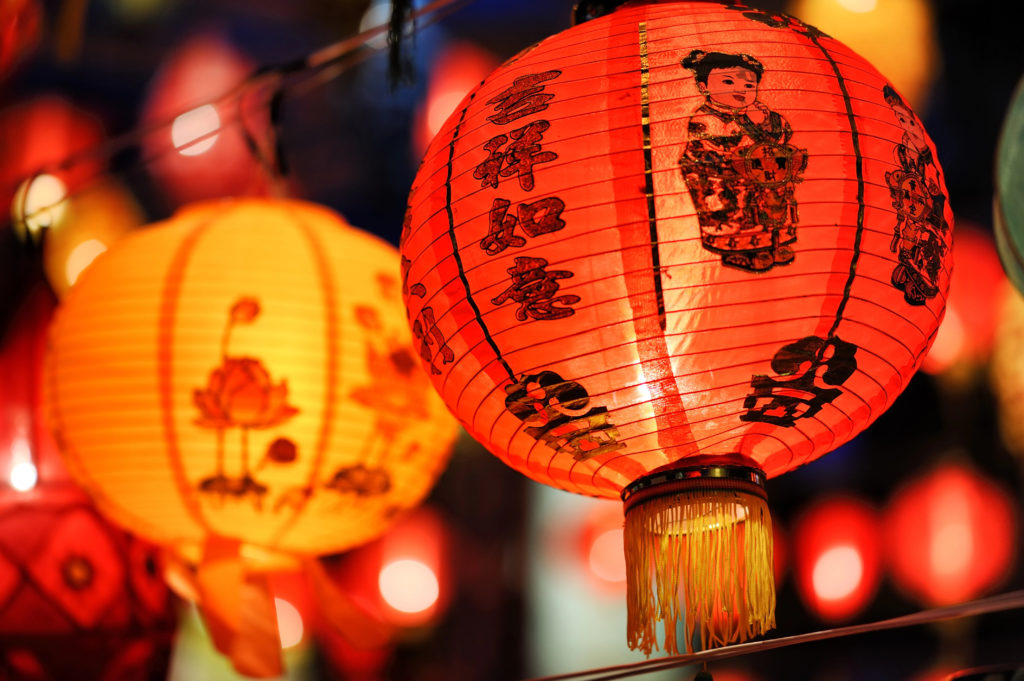The impetus for the establishment of International Women’s Day came from 1909 suffragist demonstrations in New York City. The first IWD was held in Austria, Denmark, Germany, and Switzerland in 1911. The theme was women’s rights: to vote, hold public office, and against unfair employment practices. The United Nations officially recognized it in 1977 as a day for women’s rights and international peace. Today more than 2 dozen countries celebrate IWD as an official holiday—including China. Another eight countries or so, while not making it an official holiday, celebrate it nonetheless.
In 1994, Maxine Waters introduced a bill to make International Women’s Day a national holiday in the United States. However, Congress did not pass the bill. Therefore, this day of celebrating gender equality and women’s rights is not an official holiday in the US. (go to this link for more: https://medium.com/age-of-awareness/america-started-international-womens-day-so-why-don-t-we-celebrate-it-50b10ec7829e#:~:text.
China has been observing International Women’s Day for a long time. I’ve seen 2 different years mentioned: 19211 and 1949. The day is to encourage women to continue to work toward economic, social, and political achievements by highlighting women and organizations that are models for supporting women in China. It is a time to reflect on gender discrimination and stereotypes and how to change them.
As an official holiday, women enjoy a half-day off work to show the country’s appreciation for their contribution to society.
Interestingly, if you browse websites on China and the International Women’s Day, you’ll find a few that bemoan the fact that, while the day was originally designed to celebrate and encourage women’s drive toward equality, it is now becoming more and more of a shopping holiday. That reminds me of how so many people here in the U.S. bemoan Thanksgiving, which is a day for giving thanks and for being with family, having become such an important day (weekend) for holiday sales.
However, it looks like, as is to be expected, China is keeping to the original intent of the International Women’s Day—gender equality and justice—while at the same time, allowing for commercial spill-over.
An example is a short 2-minute video made by the cosmetic’s company Proya with China Women’s Daily called “Gender is not a borderline” staring the rapper Yu Zhen. The video was part of a campaign which included several media influencers who talk about the gender bias seen on social media. (see more at: https://daoinsights.com/news/proya-and-china-womens-daily-launch-viral-video-for-womens-day/)
This video is interesting because China Women’s Daily is a government-controlled media partnering with a commercial enterprise, Proya. China has been, and is still in many ways, a highly masculine-oriented culture. This orientation appears to be something the present government is encouraging. So, the video’s nod of the head toward questioning, examining, women’s equality is noteworthy.
At the same time, Proya, a business enterprise based on selling beauty products, is talking about women’s and men’s shared qualities as humans and not objectifying women and stressing their physical appearance (and, therefore, something they, as a cosmetic company could market off of). Of course, it has also been reported that Proya’s sales have gone up after this video came out.
As with our Thanksgiving, International Women’s Day in China (or anywhere) can bolster the economy through specialty sales and, at the same time, show homage and respect for those working for gender equality and to encourage the county to keep moving in that direction.
That is, the video may be considered a win-win as both a social message and as a commercial endeavor. However, to some, the video may be considered manipulative on the part of a cosmetic company. What do you think? I would be interested in your opinion.
Happy International Women’s Day!
1 https://daxueconsulting.com/history-behind-international-women-day-in-china/
*pictures from depositphotos.com



















